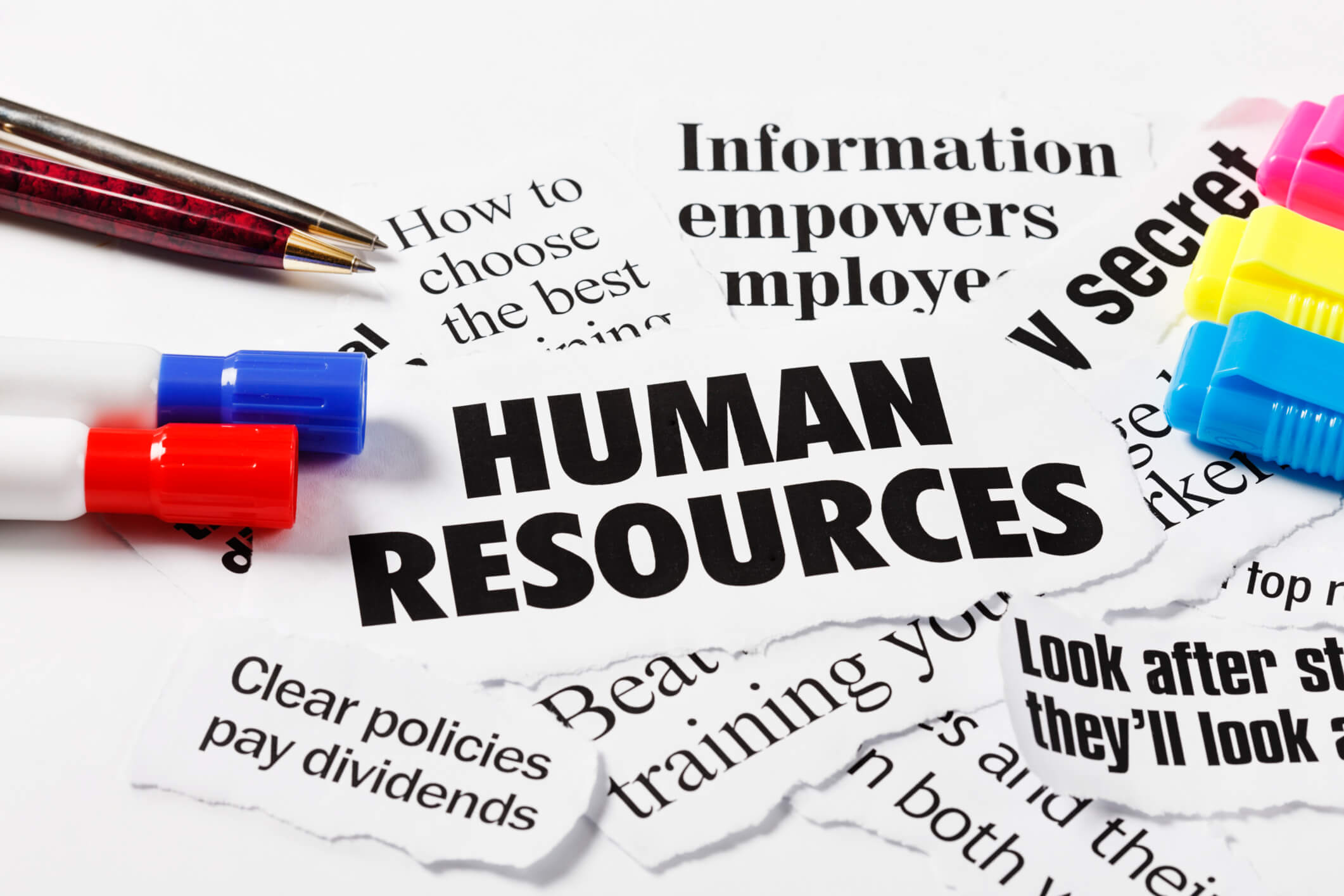Organizations in the digital age are continuously looking for methods to improve efficiency and optimize their processes. Companies are using technology to increase productivity, streamline HR procedures, and promote a more strategic approach to people management. The area of human resources (HR) is no exception. The use of HR automation software has completely changed the way HR professionals do their work by providing a wide range of advantages. The benefits, features, and effects of HR automation software are explored in this article along with how it affects HR departments.
What is HR Automation Software?
A collection of digital tools and platforms known as HR automation software are intended to automate and streamline different HR activities, including hiring, onboarding, time and attendance tracking, performance reviews, payroll, and more. It makes use of cutting-edge technology like artificial intelligence (AI), machine learning (ML), and natural language processing (NLP) to automate repetitive operations, decrease human error, and free up HR professionals’ time for more strategic endeavors.
Features of HR Automation Software
- Recruitment and Onboarding: HR automation software helps throughout the whole hiring process, from advertising jobs and monitoring applications to screening applicants and setting up interviews. It saves time and effort by automating repetitive procedures like background checks, pre-employment evaluations, and resume processing. Automating administrative tasks, training routines, and employee data management, also makes for a smooth onboarding process.
- Management of Time and Attendance: Automating time and attendance monitoring reduces mistakes and removes the need for paper timesheets. For precise timekeeping, leave administration, and automatic timesheet reporting, this software frequently connects with biometric systems, RFID badges, or mobile apps.
- Performance Evaluation: By offering a consolidated platform for goal-setting, feedback gathering, and performance evaluations, HR automation software streamlines the performance evaluation process. It allows for ongoing feedback and 360-degree evaluations, improving collaboration and transparency in performance management.
- Analytics and Reporting: The collection and analysis of HR data by HR automation software results in thorough reports and useful insights. These data-driven insights assist HR executives in tracking key performance indicators (KPIs) such as employee engagement, attrition rates, training efficacy, and more.
- Payroll and Benefits Administration: HR software provides accurate and timely payments by automating payroll and benefits operations. It creates pay stubs, computes taxes, deductions, and allowances, and connects with accounting software to simplify financial reporting. It also aids in managing employee benefits including insurance, retirement programs, and leave administration.

Benefits of HR Automation Software
- Error reduction: Human error associated with manual data input, computations, and paperwork is minimized using HR automation software. Inaccuracies in payroll are decreased, and legal and regulatory compliance is ensured.
- Enhanced Efficiency: By automating time-consuming and repetitive procedures, HR professionals may free themselves from administrative duties and concentrate on strategic projects like hiring training, and organizational culture.
- Improved Employee Experience: Self-service portals allow workers to update personal information, seek leaves of absence, access training materials, and access HR-related information at their convenience. This improves worker satisfaction and engagement.
- Cost savings: By automating HR operations, businesses may cut costs by using less human labor, and less paper, and avoiding penalties for non-compliance. Accurate data analytics may also result in well-informed choices that improve workforce planning and cut back on wasteful spending.
- Flexibility and Scalability: HR automation software is extremely scalable and can meet the demands of expanding businesses. It can adjust to changing personnel counts, regulatory needs, and procedures to ensure smooth operations.
Frequently Asked Questions
Can HR automation software integrate with existing HR systems?
Yes, HR automation software may be integrated with already-in-use HR systems including performance management systems, applicant tracking systems, and human resource information systems (HRIS). Integration creates a coherent HR environment and enables smooth data flow.
Which HR procedures are amenable to automation with HR software?
HR activities including hiring, applicant screening, onboarding, time and attendance management, performance appraisal, payroll, benefits administration, employee data management, reporting, and analytics may all be automated with HR automation software.
Is HR automation software customizable to fit the needs of an organization?
Yes, HR automation software may be altered to meet the unique requirements of a company. It may be customized to fit with current workflows, set up user roles and permissions, and conform to the particular needs of the company.
Does training have to be completed before adopting HR automation software?
The use of HR automation software features by HR experts and workers is often made possible through training. Users may better utilize the product by understanding its functions, processes, and best practices through training sessions.
Conclusion
Organizational human resources operations may be streamlined and improved with the use of HR automation software. HR departments may empower workers with self-service alternatives, increase productivity, minimize manual administrative duties, and improve accuracy by utilizing technology and software solutions
